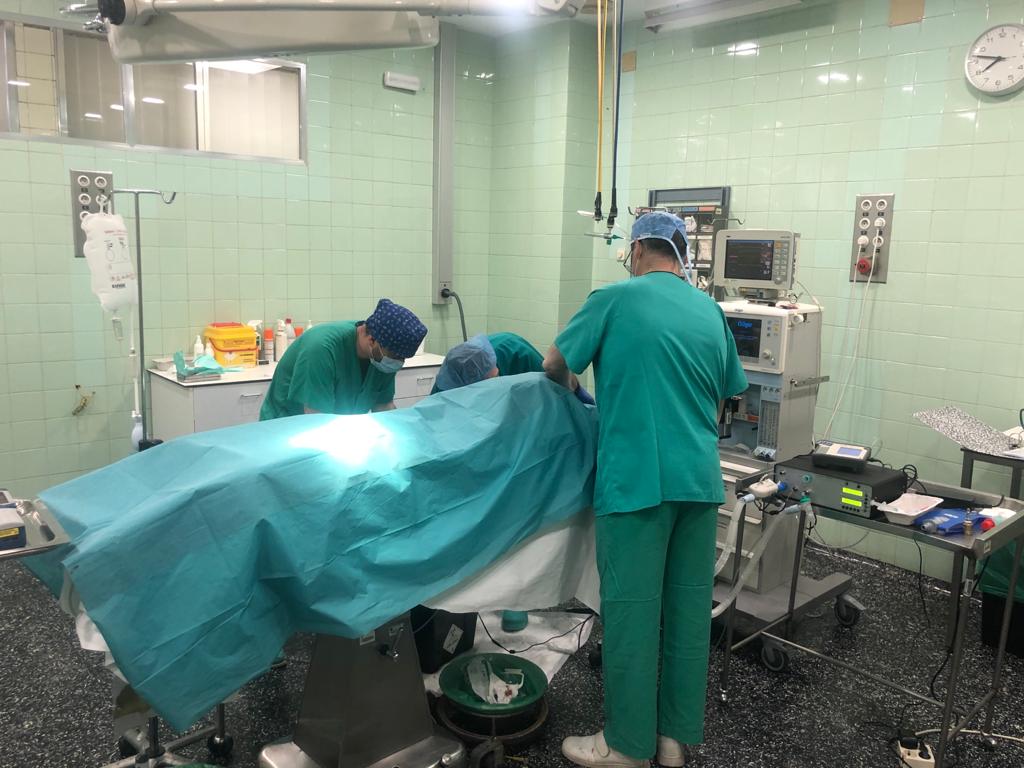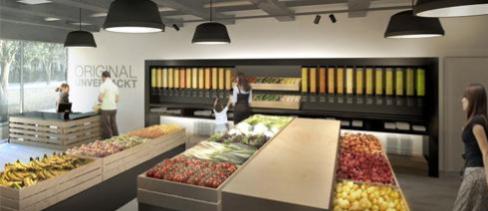Innovation teams can easily get multiple alternative solutions (with a technical and cost point of view) to a given challenge and progress through a convergent process.
Open innovation
Accelerating your innovation results
Open innovation is a progressive business practice that many major companies are adopting all over the world. In this section, you can learn about the open innovation definition, its origins and benefits, and types of innovation (closed innovation and open innovation). ennomotive uses the combination of engineering crowdsourcing and open innovation for accelerating technological innovation projects.
Open Innovation: Definition
Open innovation is a business practice to source ideas and solutions from a broad diversity of individuals and organizations to drive innovation. Using open innovation challenges represent a true cultural break from the company silo mentality and the secrecy traditionally associated with the corporate R&D culture.
An innovation model becomes viable when the company acknowledges that there are many bright professionals and greater knowledge outside the organization. It is in this very moment when the opportunity to attract those external individuals and/or companies becomes more real.
Companies implement open innovation practices in different ways such as alliances between companies, research chairs in universities, crowdsourcing competitions, and innovation ecosystems.
Open Innovation: Origins
Collaboration and co-creation have always been around, maybe since humans started trading or since the cottage industry exchanged practices from other regions and cultures.

Henry Chesbrough
The term Open Innovation as we know it was coined by Henry Chesbrough, associate professor and head of the Open Innovation Center of the Haas Business School of the University of California.
- Cisco may be the most important OI pioneer. Its acquisition strategy allowed the company to grow quickly during the late 90’s. The goal of these acquisitions was to make hardware compatible with software in new technological products. This customer-driven innovation strategy helped Cisco overperform Bell Labs or Lucent by effectively translating big tech investments into business growth.
- Another trailblazer is, undoubtedly, the pharmaceutical company Eli-Lilly, spearheaded by its R&D strategy manager. The company reflected on how to make use of collective intelligence to improve the traditionally low innovation success rates in the pharmaceutical industry. Consequently, e.Lilly was born around the year 2000, the first open innovation platform to connect with global scientific knowledge. This platform is the origin of Innocentive, Eli Lilly spin-off, whose goal was to allow other pharmaceutical and consumer goods companies to use this open model.
- The third initiator is Procter & Gamble, the company that created in 2000 the so-called Connect & Develop their new open innovation process. P&G’s ultimate goal was to continue growing by $2 billion annually while keeping a steady R&D investment. Procter managed to have up to 50% of its innovations coming from the outside and, consequently, its R&D productivity increased by 60%.
Traditional “Closed” Innovation
Companies use innovation to generate and apply knowledge, develop new products and services, new business models, and ultimately obtain business results.
Traditionally, companies innovated only using internal resources. The main reasons were the non-commercial focus of the scientific community and their need to protect their valuable assets.
Such companies prioritized the volume of resources, the number of projects, and the investments in innovation. Consequently, organizations with closed innovation models tend to have big research departments generating plenty of in-house knowledge. The more, the better.
These organizations typically measure innovation performance using ratios like the percentage of R&D spending. However, it is well-known that this ratio, alone, only shows the project investment volume but does not reflect the actual business outcome.
Companies that use closed innovation models usually encounter the following issues:
- The internally generated knowledge is incomplete. Nowadays, the contribution of external sources is a must since technology is evolving very fast globally.
- Sometimes, this knowledge does not make it to market, either because it does not exactly meet the market needs or because it takes too long. In fact, when innovation is too slow, either the knowledge becomes obsolete or business priorities change.
- The priority is to keep the same resources and budget year after year. Besides, external innovation is viewed as a competitor, hence the infamous “Not invented here”.
Traditional innovation uses a funnel process that allows the selection of the most attractive ideas and then develop and prototype. Under this approach:

Traditional Innovation Funnel
- The ideas and development efforts remain mostly internal
- Some reliable suppliers may make contributions throughout the entire process.
Open Innovation
The so-called open innovation has emerged recently as a new innovation model. It encourages companies to use the existing external knowledge rather than reinvent the wheel. This way, it is considered positive to establish links with other companies, universities, tech centers, and other knowledge sources.

Traditional Innovation Funnel
- The ideas are better connected to the market and meet real customer needs.
- Development solutions bring about better technological knowledge.
This is what happens in organizations that use open models:
- The company collaborates with external knowledge generators.
- The main focus of the innovation department is to connect and integrate in-house teams with external knowledge sources.
- Internal innovation still exists but it focuses on the creation of knowledge that cannot be found outside, so long as it is marketable.
Today, open innovation is being adopted by many companies all over the world as a way of accelerating the innovation cycle, reducing risk and doing more with less.
Models based on OI used a rocket-type process. Both the ideation and development stages accept contributions from outside the company. These contributions enrich the innovation activities and are a great asset:
These external contributions increase the quality of the ideas obtained through open innovation models, the technological development is faster and the risk is smaller due to its connection to the outer world.
Applying an open model during the initial stage of a project has some advantages for the innovation team. Firstly, it is possible to better understand the real challenges of the project. Besides, it helps the team focus on the key points and evaluate more potential solutions.
Comparison between open and closed innovation models
| Closed Model | Open Model |
|---|---|
| Use knowledge from internal sources | Internal + External knowledge sources |
| Low (typically 20-30%) success rate | Double innovation success rate, up to 80% |
| A lot of rework, low productivity | 40-60 % productivity increase |
| Low speed of innovation | High speed of innovation (x 3) |
Engineering Crowdsourcing for Open Innovation
Effective open innovation requires ideas that can be turned into viable products. When it comes to technological innovation, engineers are those who can provide the necessary technical knowledge. Consequently, combining OI and engineering crowdsourcing results in a very powerful tool to achieve successful results in tech innovation projects.
Engineering crowdsourcing enables a frictionless way to connect with technology professionals and companies, both SMEs and startups, leveraging cross-industry, global knowledge and experience.
In the end, engineering crowdsourcing and OI help companies seize the opportunities that come with technological change and turn it into a competitive advantage.
Open innovation through ecosystems
Members are a key element of an open innovation community. They bring ideas and engage in the development of innovative products and services. But to be effective, the community must focus on a range of specialized skills.(e.g. those related to a specific theme or topic) as well as diversity (internationalization, industries, etc.). Open innovation ecosystems are hubs with networks or communities working around a common goal.
The creation of innovation ecosystems makes sense where there is a common interest in co-creation and development of new technologies and solutions in a medium or long-term.
Ecosystem examples:
- Safe or sustainable Mining
- Renewables & smart grids
- Hydrogen
- 3D printing
- The Internet of Things (IoT)
- Projects with social impact
The power of an ecosystem is determined by its ability to develop groundbreaking innovations through co-creation among diverse members. This ability is achieved when the ecosystem provide synergies among its members:
- Value chain integration (customers and suppliers)
- Cross-industry collaboration
- Global network knowledge exchange and Diversity of members (start-ups, experts, academia, etc.)
Open innovation examples
There are multiple examples of technological challenges across different industries that have been addressed through open innovation. Challenges are generally triggered by a company's (the seeker) interest in finding solutions to a commercial problem or need. This makes sense when there is no commercially available or attractive solution on the market.










